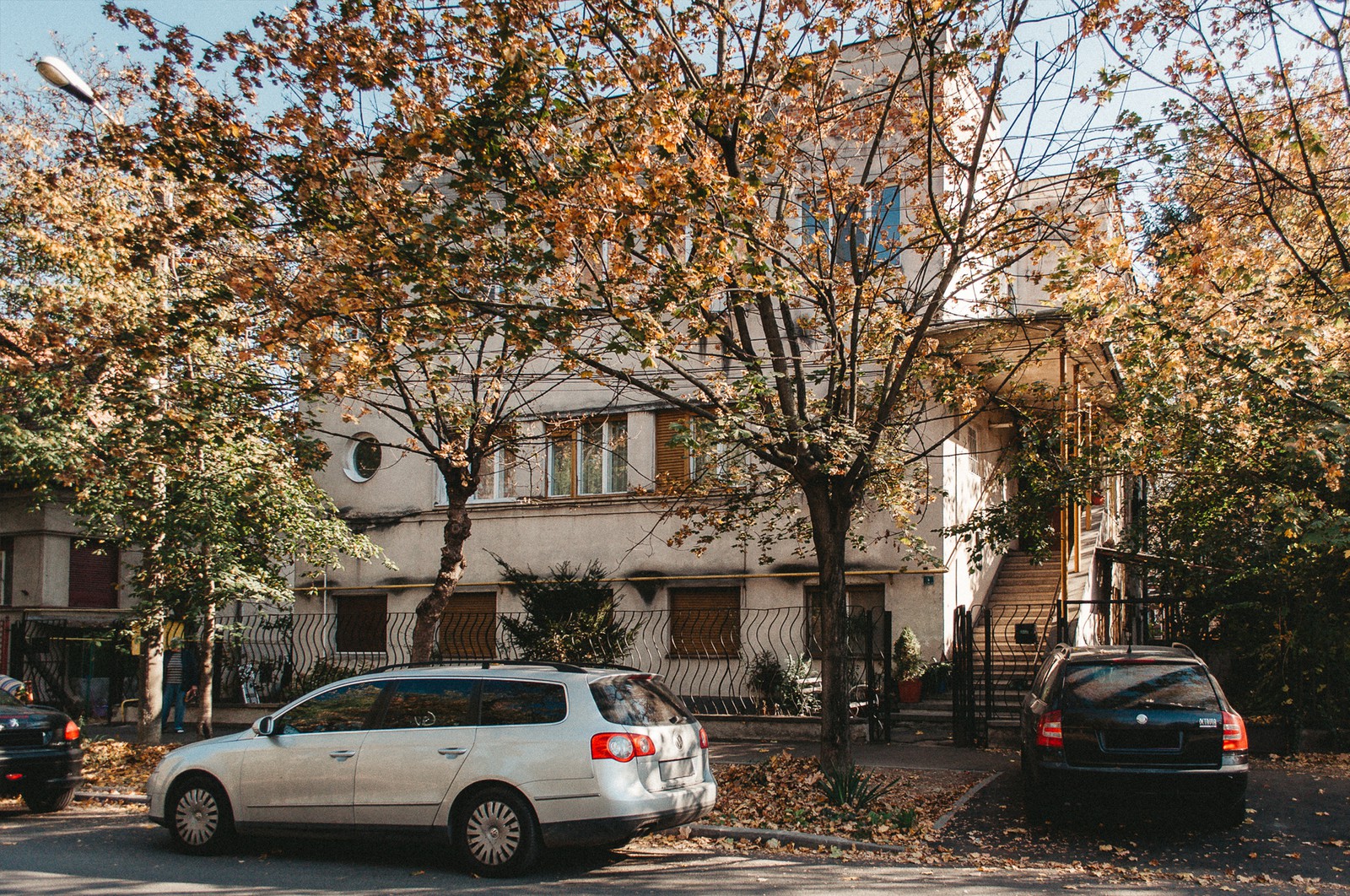
Architect Gheorghe Bleyer
The walk down the C.D. Loga Boulevard, from the Prefecture to the Town Hall, represents a journey not only through space, as it seems normal, but also through time. After the first segment, occupied predominantly by public buildings and bourgeois villas built around the 1900s, as we cross the Michelangelo Street, we enter the interwar period: the villas and multi-apartment buildings built here reflect the changing of social and economic conditions after the First World War, and the assertion of new architectural styles.
And what building could spatially and symbolically mark this architectural turning point, rather than the “House with Three Girls”, as it is known in Timișoara because of the high relief sculpture on it’s facade, or, to call it by its rightful name, the “Schön and Werner House”? Built in 1947 for the families of two sisters, who are probably represented along with their mother in the high relief sculpture that decorates the facade, the building is a perfect example of uncompromising modernism. The architect who has assumed this radically modern position is Gheorghe (Gyuri) Bleyer.

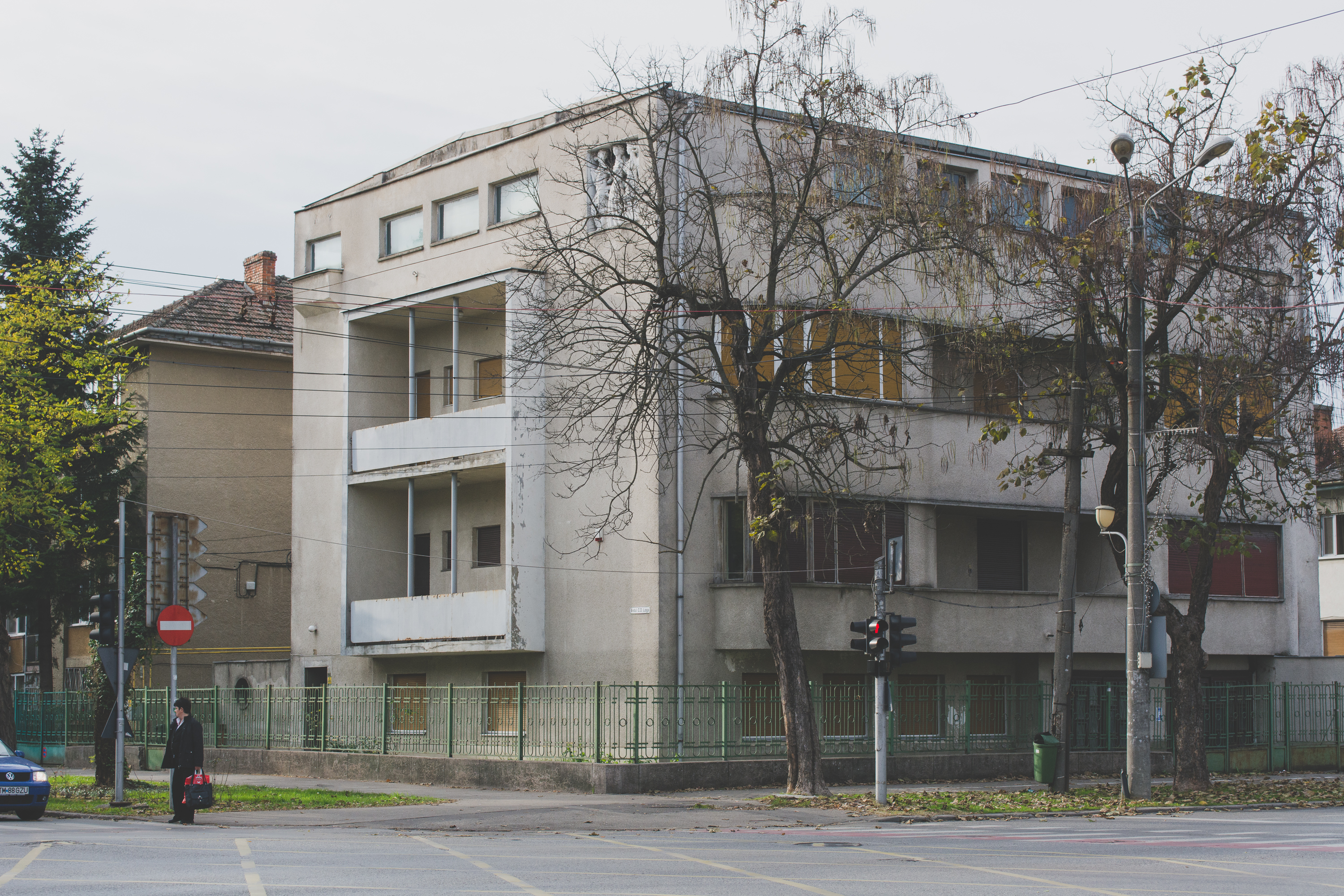

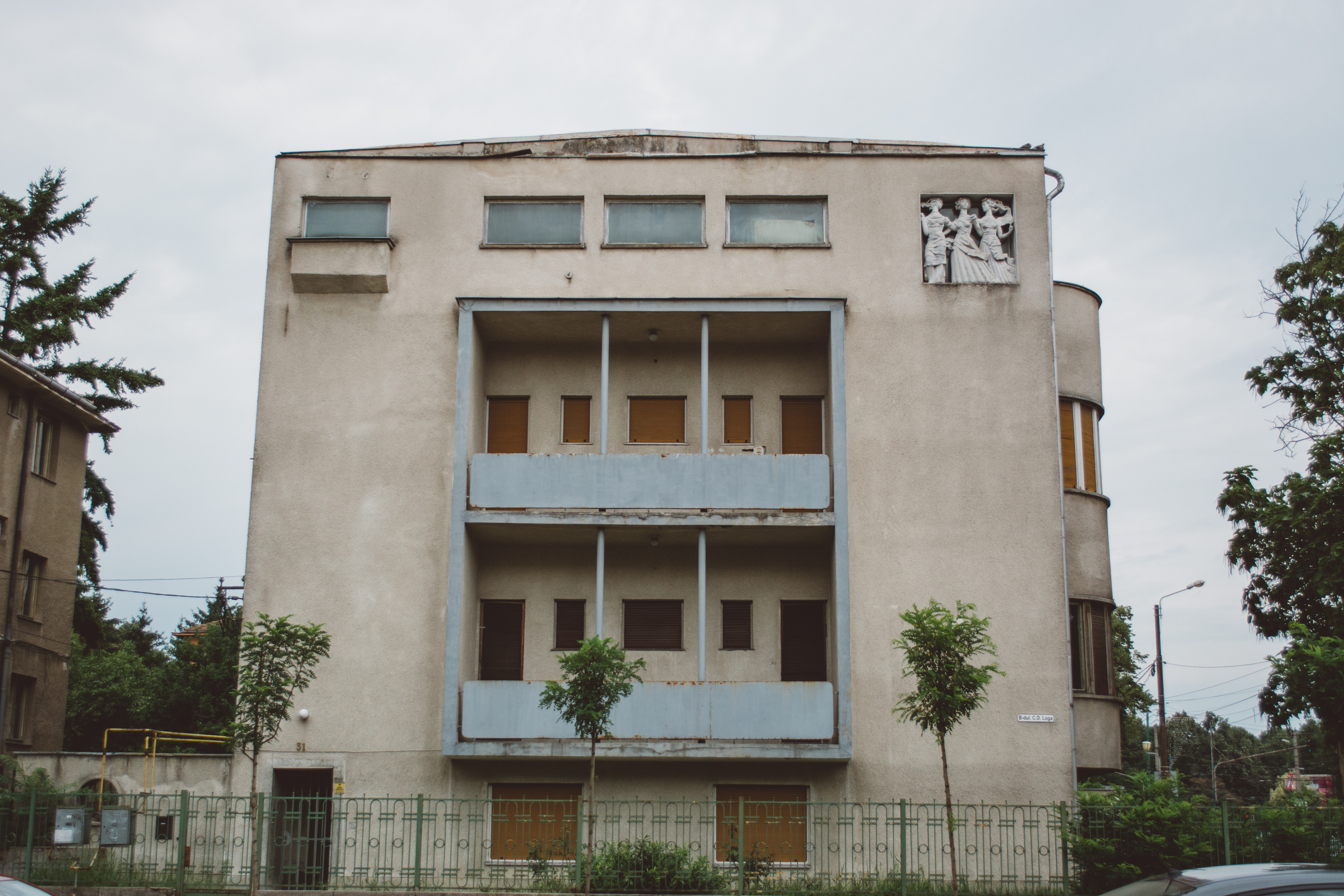
Born in a large family of bourgeois Jews of Hungarian origin, Gheorghe Bleyer (1907-1971) was considered the genius of the family. His father was a lawyer who decided to follow his passion and went to do archaeological works in Egypt, and his mother belonged to the Brück family, who owned the beautiful Sezession building in the Unirii Square, Timișoara.
In the late 1920’s Bleyer went to study architecture in Stuttgart, where he came into contact with modernism and the Bauhaus* school. His communist sympathies and the rise of Nazism in Germany compelled him to continue his studies at ETH Zürich**, a prestigious Swiss faculty. The same political sympathies made him join the Swiss Communist Party, a gesture which will have subsequent consequences on his later career. After finishing his studies in Switzerland, although he was offered a teaching post at ETH, Gheorghe Bleyer feels obliged to return to his home country, to help his family who had supported him in his abroad studies. Unfortunately, the conditions at home are tough for the young architect. According to new anti-Semitic Romanian laws, jewish architects are forbidden to work for any other clients, except Jews. By the same laws, Jews are forbidden to build, so commissions are almost impossible to find.
After the war, things seem to take a positive path. Enrolled out of conviction in the Romanian Communist Party in 1945, he is hired to teach History of Architecture in Bucharest, but after a few years he is fired and sent to work in a match factory in Chiţcani, for being a former member of the Swiss Communist Party, a party considered deviant. Furthermore, it was considered that during his lectures he did not praise enough the Soviet architecture. After some years he managed to return to Bucharest to work in an institute for the preservation of historical heritage. In 1969 he left Romania and settled in Stuttgart, the city where, decades ago, he started his studies of architecture and where he would pass away.
In addition to the “House with Three Girls”, Bleyer also designed the “Német House” - in Bauhaus style, on the Nistrului Street and the house of the writer József Méliusz - inspired by the traditional Szekler style, on the Ofcea street.

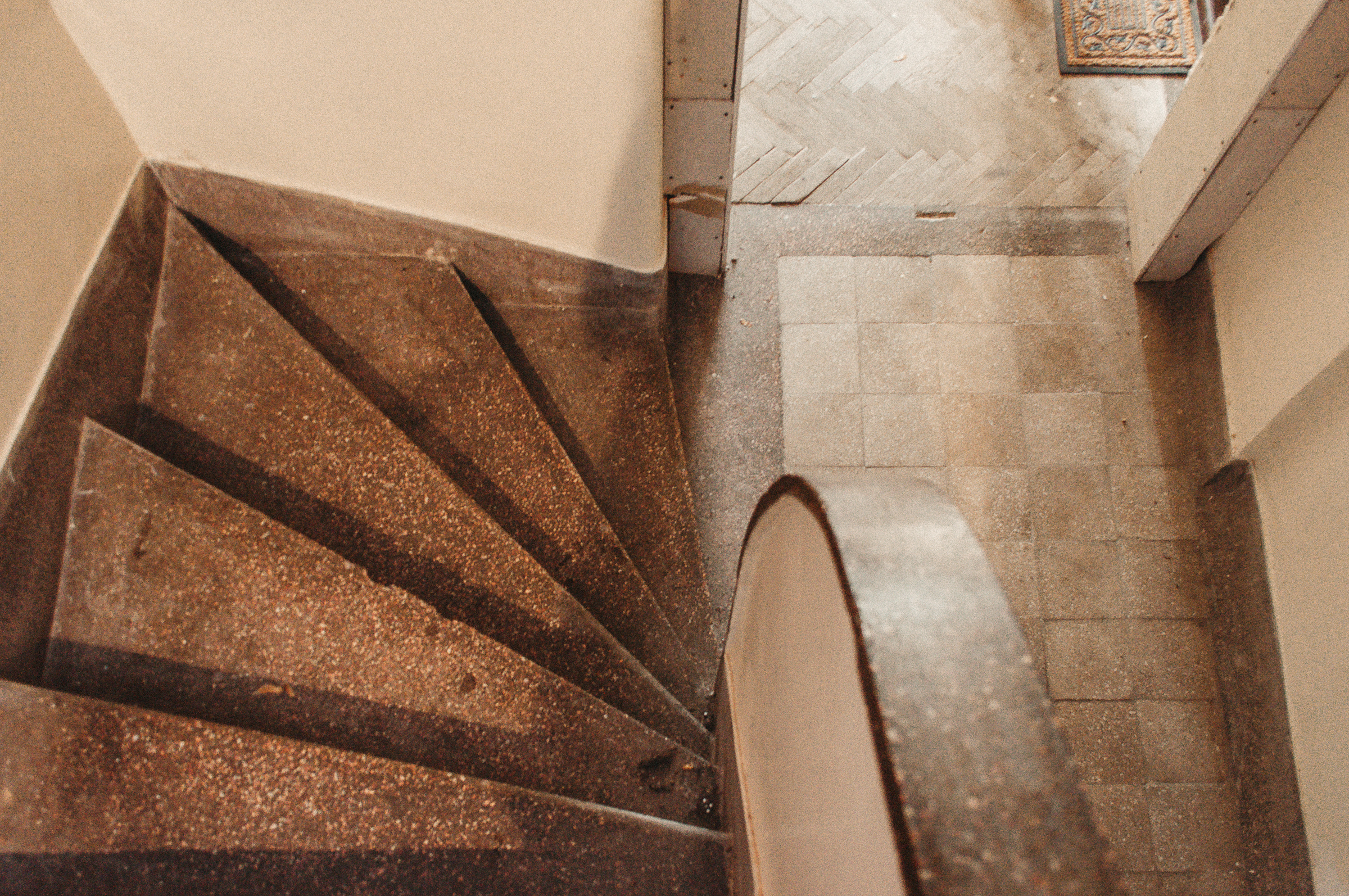
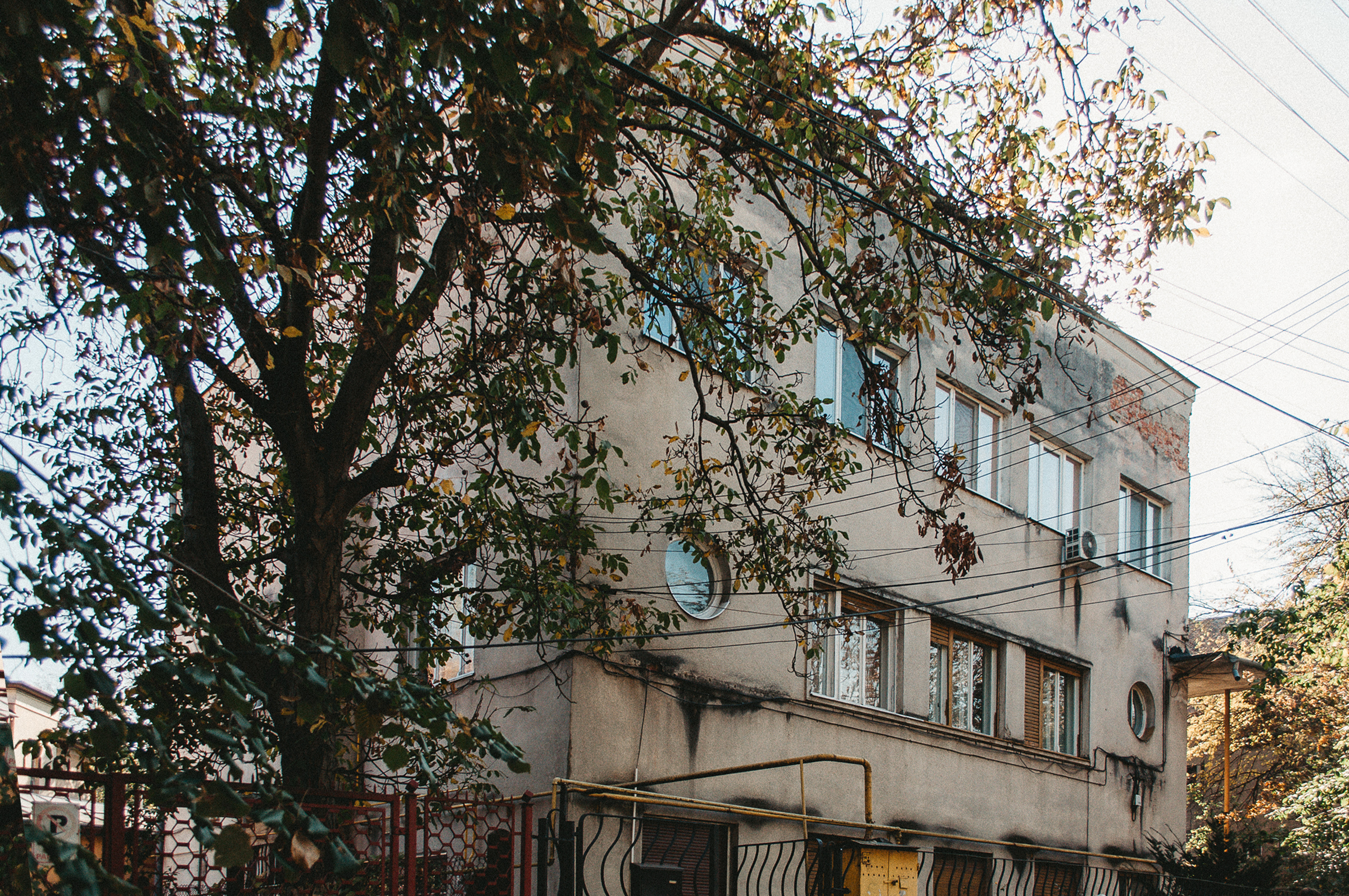


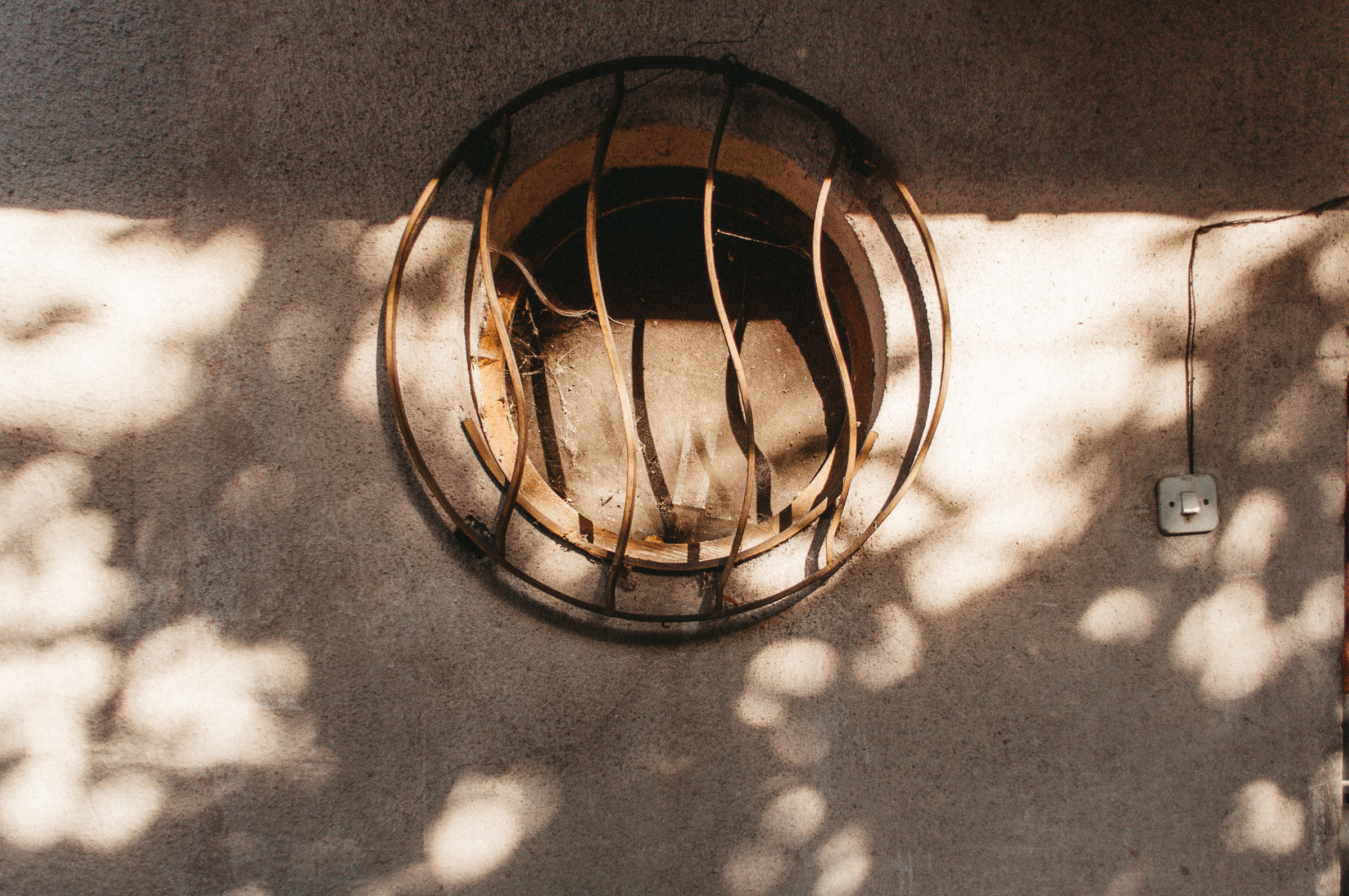
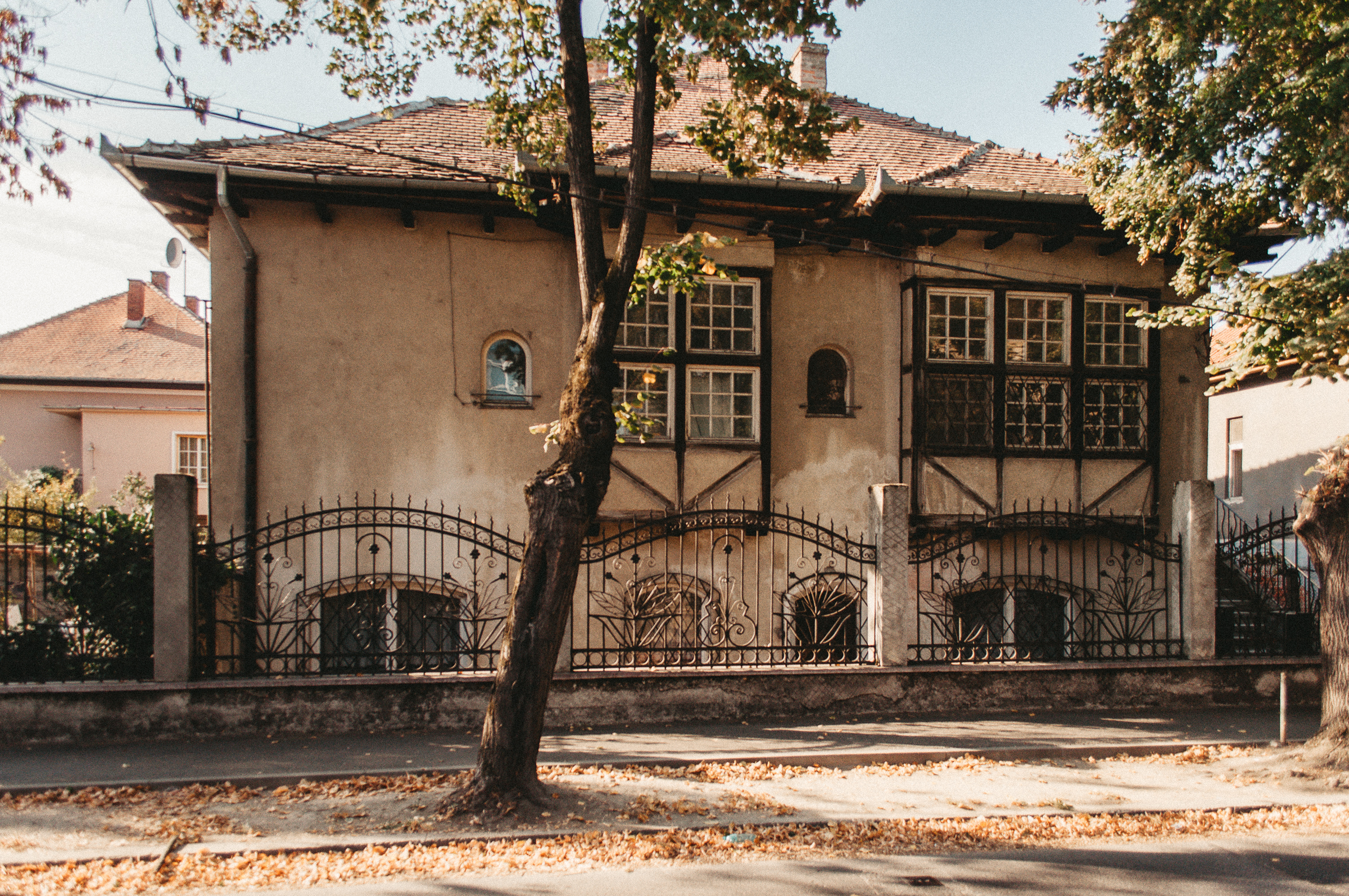
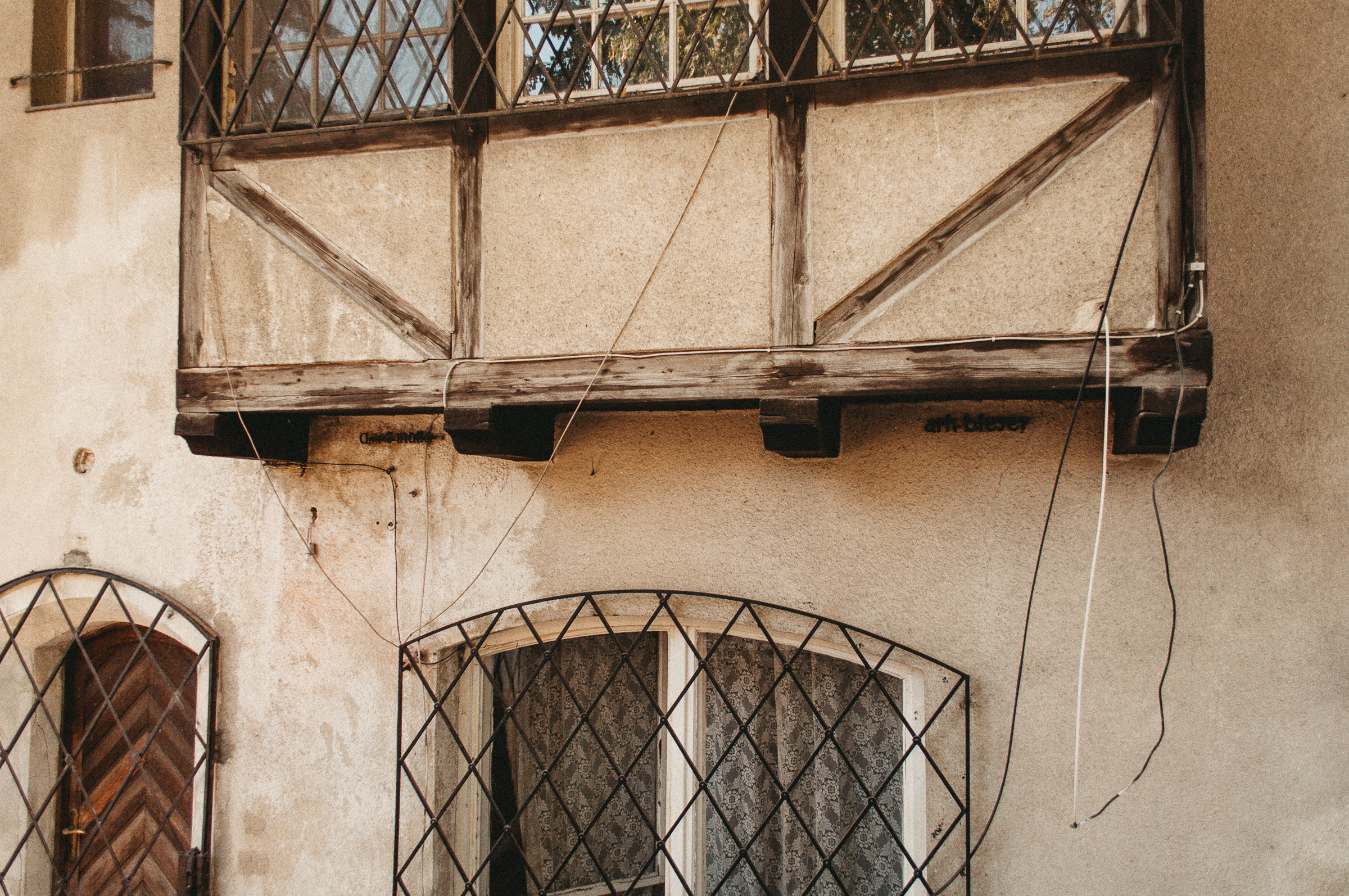

Besides his work as an architect, he published monographs about the Black Church, Ada Kaleh and Alba Iulia. His work “Timișoara: Urbanistic and architectural monograph” is found as a typed manuscript at the Banat Museum, unpublished yet, but used as a source for various works.
His destiny is emblematic for a whole generation of Timișoara’s intellectuals, the "guilty without guilt", whose lives have been derailed and marked by world wars, border, political regimes and various dictatorships changes, who have never forgot who they were and what they had to do.
Notes:
- * Bauhaus: School of Art, Design and Architecture, as well as an extremely influential artistic movement in architecture, arts, design, photography, furniture and interior decorations of the 20th century, between 1919-1933
- ** ETH: technical-scientific university in Zurich, founded in 1855; currently one of the top 10 universities in the world and the highest rated in continental Europe
Sources:
- Getta Neumann, Jewish destinies in Timișoara. The portrait of the community from the interwar period till today, Hasefer Publishing House, 2014
- Jewish Minipedia of Timișoara. Collection of information about Jewish personalities and enterprises